The Importance of Insulation & Airtightness
Insulation & Airtightness is Key to a Comfortable, Future-Proofed, Energy Efficient & Healthier Home
Building Affordable Homes to Passive Standards – Nationwide
Air naturally moves from warm areas to colder spots, and so insulation restricts this naturally movement. During the colder months, insulation prevents cold from entering the house (mainly through the walls and roof) & in the summer it works to keep the cool air inside by blocking it from moving towards the warmer outside air.
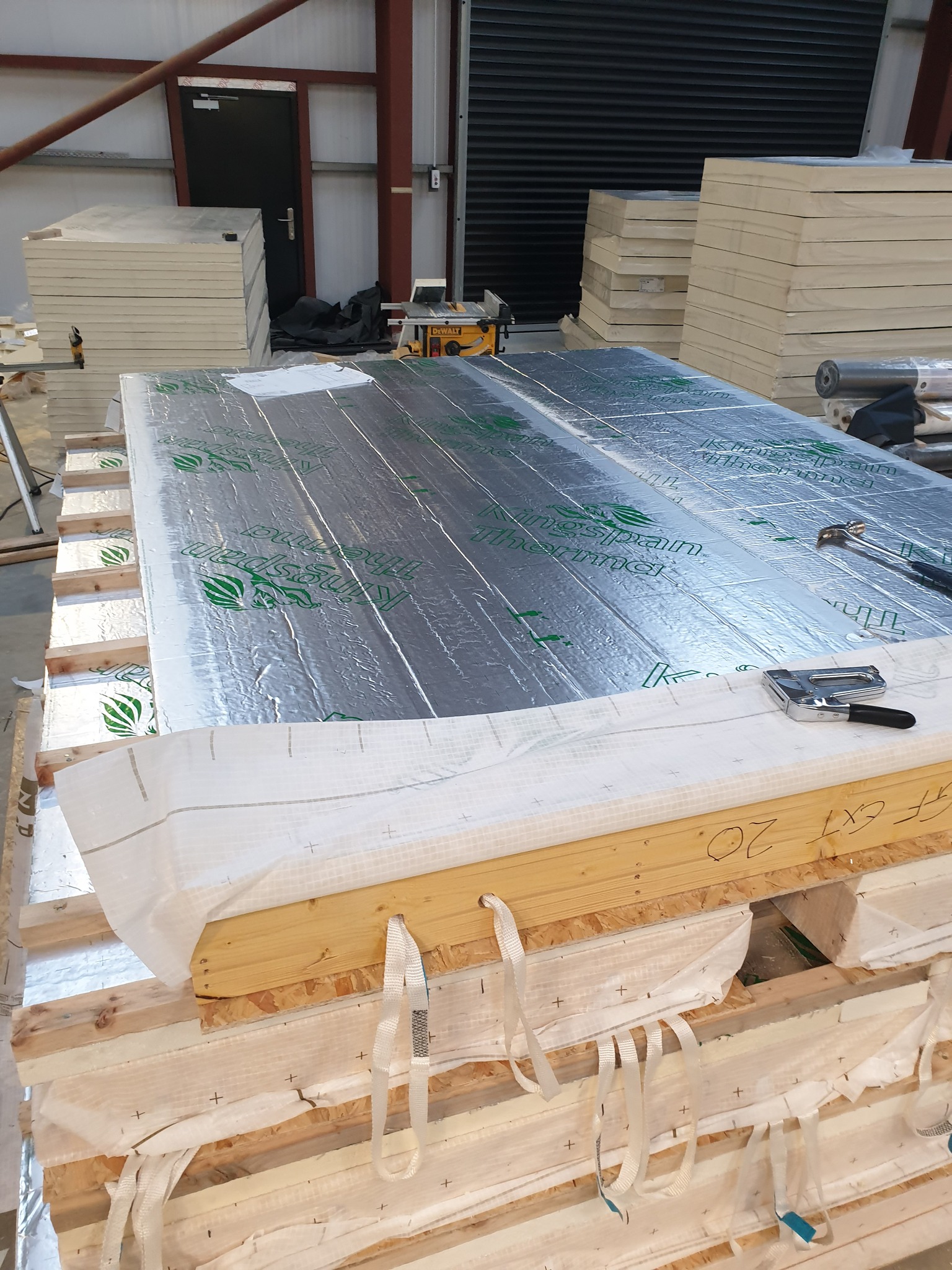
The Wooly Jumper Analogy – What’s It All About?
Why You Shouldn’t Just Add More Insulation & Ignore Airtightness
Insulation requires high levels of air tightness in order to perform to its highest capability. This is typically explained using the “woolly jumper” analogy – imagine going on a windy winter walk wearing only a single layer woolly jumper. Wind would blow through the holes, right? Now apply a light wind breaker barrier over the single layer. This has a dramatic impact on the insulating capability of the woolly jumper as it reduces air circulation. So in order for your insulation to be most effective, it requires an air tightness barrier to protect the build against air movement on both sides.
Did You Know – Improved Insulation & Airtightness Can Reduce Heating Bills by 25%?
How Does Insulation Work?
Air naturally moves from warm areas to colder spots. The role of insulation is to restrict this natural movement. During the colder months, insulation prevents cold from entering the house (mainly through the walls & roof), and in the summer it works to keep the cool air inside by blocking it from moving towards the warmer outside air.
Insulation is measured by it’s resistance to heat flow, otherwise known as an R-Value. The higher the R-value, the more blocking capability or insulating properties it provides. The thickness of insulation, where it’s applied & how well it is fitted will all determine the total R-value.
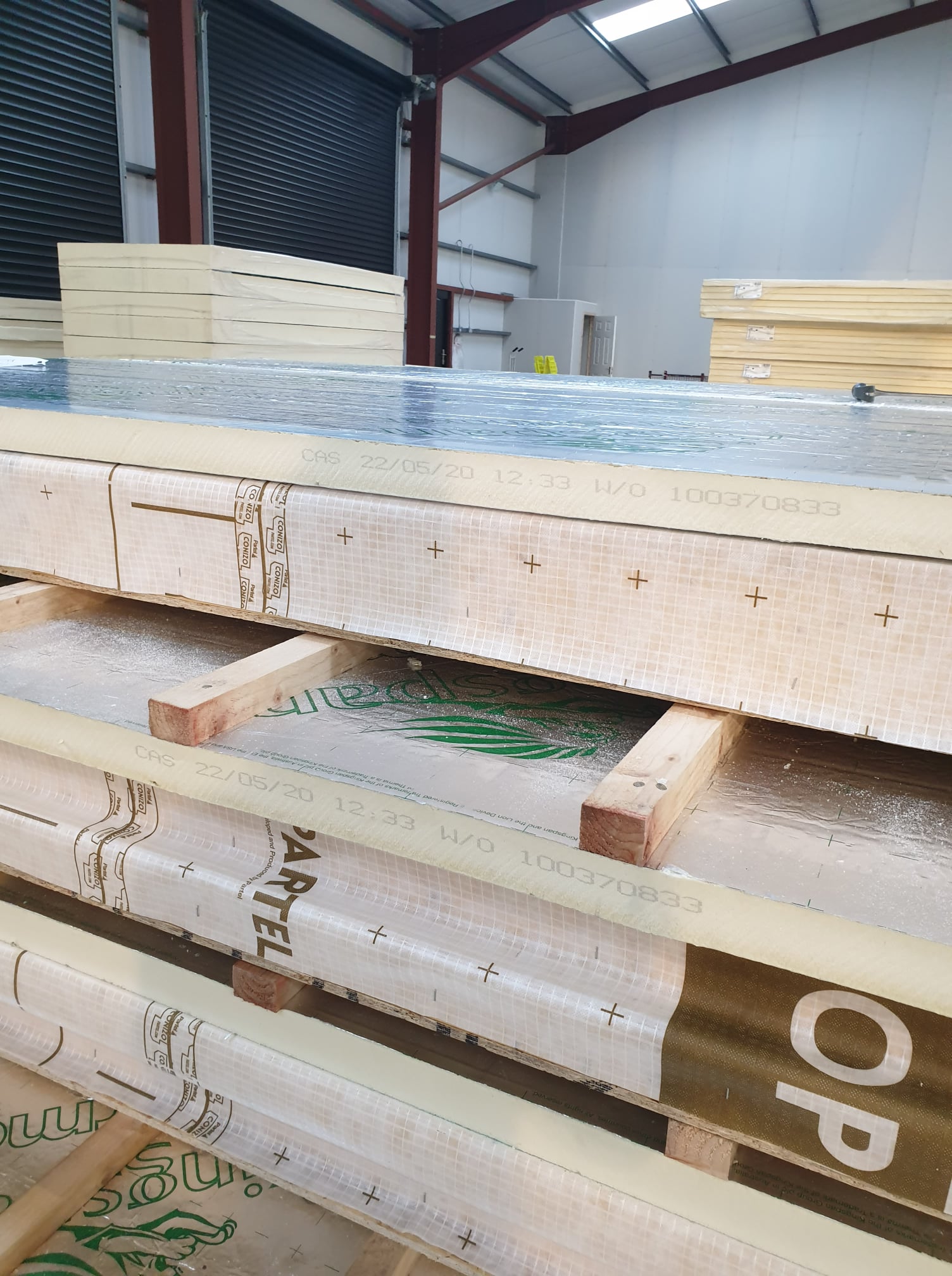
“A Highly Insulated & Airtight Home is an Energy Efficient Home”
Can I Over-Insulate & How Much Can I Save?
The simple answer is no – it’s not really possible to “over-insulate” your home, in fact the more the better! However, there is always a point of diminishing returns where the insulation can cost more than the improvement in heat retention in terms of energy savings.
Insulation should be applied between any barrier that stands between cold & warm air or heated & unheated spaces. The most important areas to insulate heavily are your walls (40% of heat lost), followed by the roof (25%), windows and doors (20%) and lastly the floor. We offer an insulated foundation system & four closed timber frame wall panel options, all offering differing u-values within the passive standard range. All systems are designed specifically for optimal energy efficiency & performance.
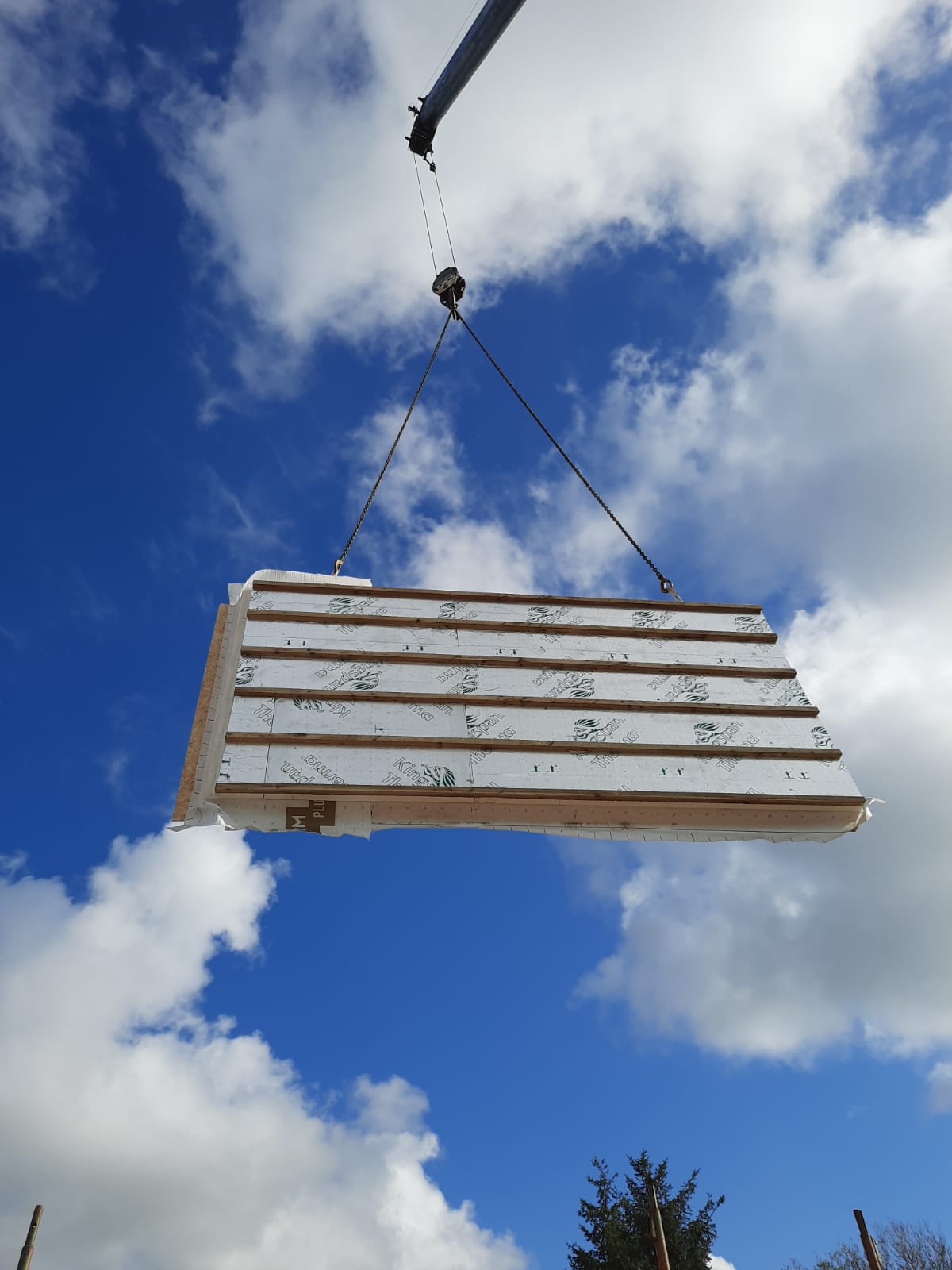
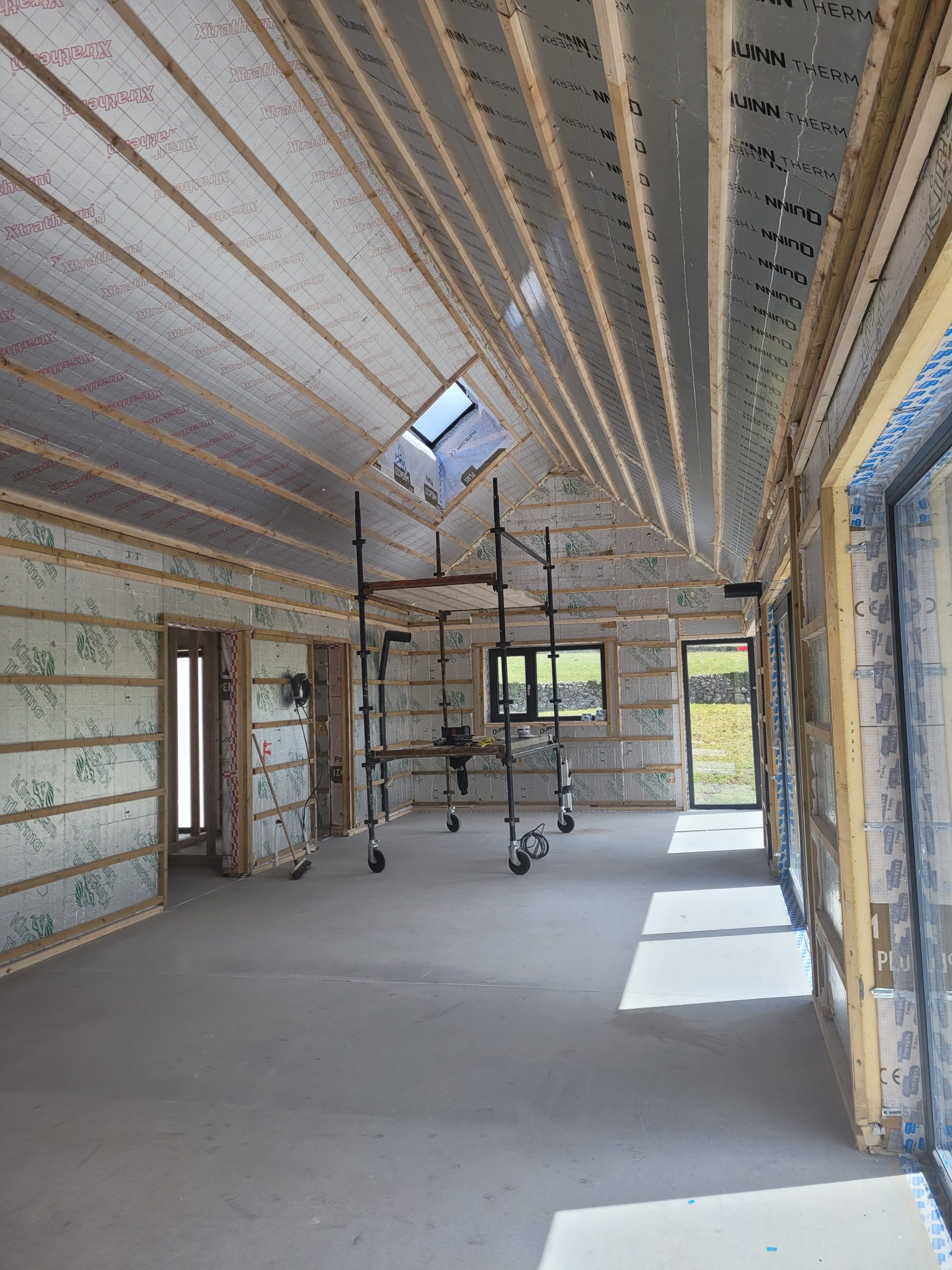
What Is Airtightness & Why Is It So Important?
Air leakage accounts for 50% of heat loss in a well-insulated home
Air tightness is essential to a comfortable, energy efficient & healthy home. On average, we spend 90% of our time indoors so it only makes sense to ensure our homes are as free from draught & cold spots as possible – especially when investing heavily on insulation. Air leakage can account for up to 50% of all heat loss in a well-insulated home. It is important to remember though that the building’s envelope is still breathable, aided by the likes of a Mechanical Heat Recovery Ventilation System (MHRV) bringing fresh warm air into your home. The air tightness barrier simply reduces air leakage to a minimum, ensuring a highly energy efficient home.
“Build Tight, Ventilate Right!”
Ventilation is important in any home regardless of the level of air tightness. It’s essential that adequate fresh air circulates. Controlled ventilation through windows & doors had been suffice in older homes with poor insulation & uncontrolled air exchange through cracks & gaps in the build envelope. In fact, the leaky windows provided enough ventilation without even opening the vents! Today, with improved insulation & air tightness at the forefront of increased energy efficiency, systems such as Mechanical Heat Recovery Ventilation (MHRV) are becoming extremely popular. These things combined are essential for improved comfort, increase energy performance & a healthier, future-proofed family home.
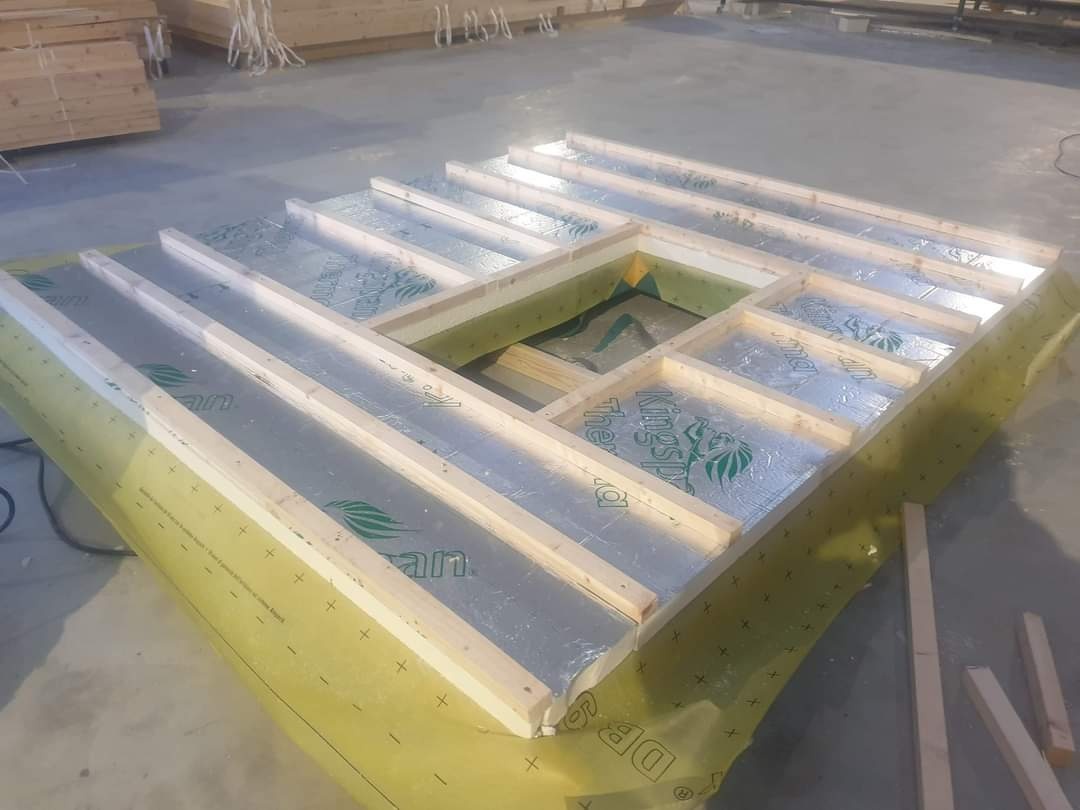
Benefits of Insulation & Airtightness
Saves You Money
Reduced heat loss saves up to 25% on your energy bills.
Exceeds Build Regs
Part L & nZEB are made easy with our closed panels.
Higher Re-Sale Value
A higher BER cert achieves a better re-sale value.
Improved Health
A warmer, cosier home with no damp or mould.
Environmentally Friendly
By using less energy, your carbon footprint is reduced.
Quick Payback
The payback on your home insulation could be as little as 3 years!
Improved Acoustics
Air tightness reduces sound transfer through the passage of air.
Longer Lasting Build
Protects against damage from moisture & condensation.
Added Comfort
Reduced overheating in summer & superior insulation in winter.
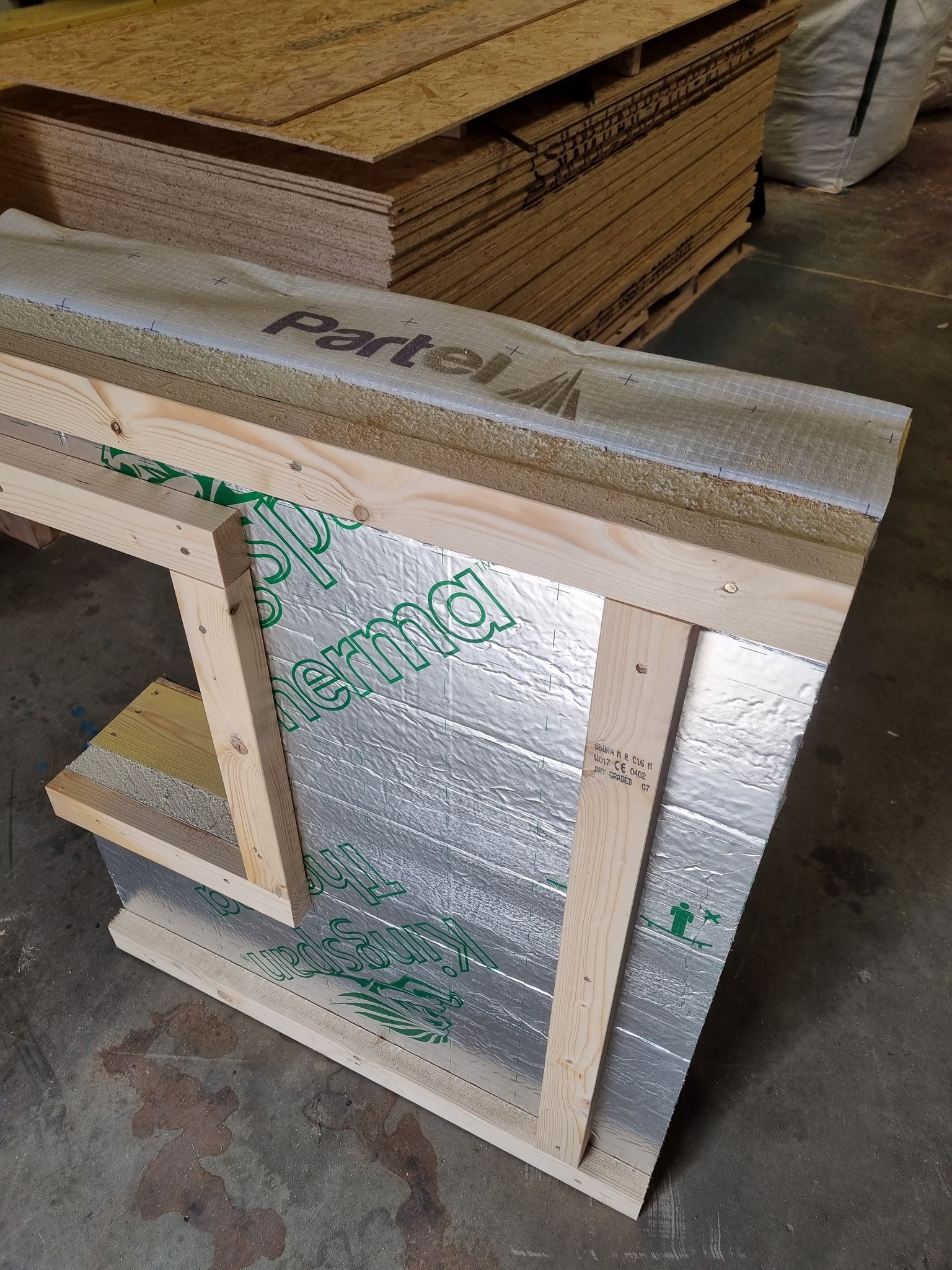

Achieving an Airtight Build – Timber Frame Vs Block
Air leakage accounts for 50% of heat loss in a well-insulated home
In a timber frame structure, all areas can be sealed using an air tightness membrane & tape. It is undeniably a much easier & therefore cheaper build process than with standard masonry construction. For example, the walls in a block built home are only airtight if an internal plaster is applied straight to the block work & spread evenly at full coverage. It’s important to keep this in mind if you intend to internally insulate to increase your u-value. There is an option to externally insulate your block build, however this would mean using insulated boards as your external walls rather than block which negates it’s purpose.
Another benefit of timber frame is that your wall cavity is left completely free to do it’s job & the thermal responsiveness of timber allows the build to heat & cool quickly. With block, self-builders are having to full fill their cavity in order to achieve the minimum Part L regulations. To achieve maximum levels of efficiency, internal or external insulation is required in a block build – both of which can cause significant problems. In comparison, timber frame benefits from a 100mm exterior leaf of block, open cavity (as it should be!) & a thermally responsive inner timber frame structure packed full with quality insulation & a complete airtight seal.
The Perfect Combination
Our Passive Slab is the perfect match for our interlocking Closed Panel system, achieving a complete & even seal of the insulated, airtight envelope. All packages are within the Passive Standard range of 0.10 – 0.15 w/m2k, with our Passive Plus Package certified at just 0.09 w/m2k!
Our team are fully trained & certified installers of our NSAI approved foundation system. When designed, engineered & manufactured as part of a complete package, the entire process is streamlined, ensuring precision & accuracy on arrival of the frame.


